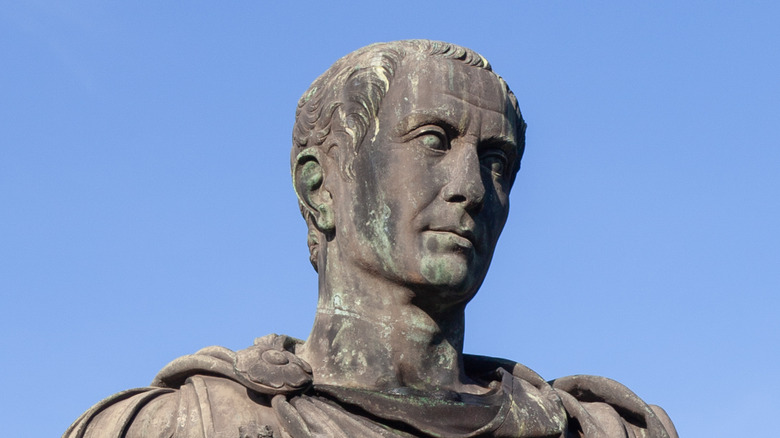The Strange Reason February Only Has 28 Days
As the old mnemonic goes: 30 days has September, April, June, and November, all the rest have 31 ... except February. February, the ugly duckling of months, with only 28 days (unless, of course, it's a leap year, which means February has 29 days instead, further complicating the matter, as Almanac reports.) Typically, we accept the calendar as a law of nature, but the fact of the matter is: calendars are a human construct, they've been different throughout history, and there are different calendars used in different parts of the world. The real reason February is shorter than the rest of the months begins with the Roman Empire, and a month that no longer even exists.
According to Slate, the Roman 10-month calendar was based on the moon cycle, and therefore called a lunar calendar. The Roman calendar used at that time began in March and ended in December; were there months in between? Nobody knows for sure, but general consensus says the Romans largely wrote off the winter as unimportant to the harvest, and therefore never bothered to keep track. That system only worked so well. Over time, the seasons and the months with which they were associated began to drift. For this reason, the Romans needed a change, and the months of January and February were born.
The month of Mercedonius
From around 750 B.C., there were two new months on the Roman calendar: January and February, and early on, both those months were only 28 days long, according to Reader's Digest. Believing even numbers to be bad luck, Roman king Numa Pompilius added some days to January but left February as is. This solved the Roman problem of the old 10-month calendar for a while, but similar issues began to crop up, and it was back to the drawing board. One solution to the season-to-month drift was an entirely new month called Mercedonius. But check this out: only Roman priests could decide when Mercedonius would occur in any given year, and otherwise, no one ever really knew what day it was. Consider that next time you schedule a dentist appointment.
Clearly, there had to be a better way. Here, Julius Caesar enters the story. His idea was to base the calendar off the cycles of the sun, and in doing so, devised the 365-day calendar that's much the same as the calendar we use today, minus Mercedonius, and with a few other important differences: the Romans slightly miscalculated the solar cycle, leading to one entire day disappearing each century in the relationship between the solar cycle and the calendar page, according to Britannica. This was fixed later on in the Gregorian calendar and with the modern-day leap year. Nevertheless, February still only had 28 days, possibly because Roman death rituals and other types of purification rites were performed during this time, as Slate reports.

